Traditional Iranian Music: The Sounds of Iran
Iran, a country rich in history, culture, and art, boasts a musical tradition that is as diverse and enchanting as its landscapes. Traditional Iranian music, deeply rooted in the country’s ancient civilization, reflects the tapestry of Persian heritage and continues to captivate audiences worldwide. In this exploration, we delve into the rhythmic and melodic treasures of Iranian music, uncovering the essence that makes it a unique and enduring art form.
Historical Roots:
To understand the beauty of Iranian music, one must travel through time to ancient Persia. The roots of traditional Iranian music can be traced back thousands of years, evolving alongside the nation’s history. It carries the echoes of Persian poetry, with influences from the vast Silk Road trade routes and the cultural exchanges that occurred between the East and West. As a result, Iranian music has become a harmonious blend of diverse cultural elements.
Instruments and Melodies:
At the heart of traditional Iranian music lies a wide array of instruments, each contributing to the rich tapestry of sound. The tar, setar, santur, and kamancheh are just a few examples of instruments that lend their unique voices to this musical tradition. The dexterity required to master these instruments is a testament to the skill and dedication of Iranian musicians.
The melodies in Iranian music are often characterized by intricate ornamentation and microtonal intervals, providing a distinctive and emotive quality. These melodic patterns, known as “dastgahs” and “radifs,” serve as frameworks within which musicians can improvise and express their creativity. The result is a musical journey that transcends time and space, inviting listeners to immerse themselves in the evocative sounds of Iran.
Poetry and Music: A Symbiotic Relationship:
One cannot explore Iranian music without acknowledging its deep connection to poetry. Persian poetry, with luminaries such as Rumi, Hafez, and Omar Khayyam, has long been revered for its profound beauty and philosophical depth. Iranian musicians often draw inspiration from classical and contemporary poetry, infusing their compositions with the emotional resonance of these timeless verses.
The interplay between poetry and music in Iranian culture is a testament to the profound connection between language and melody. The lyrical quality of Persian poetry finds a natural counterpart in the melodic expressions of traditional Iranian music, creating a symbiotic relationship that elevates both art forms.
Cultural Significance:
Beyond its artistic merits, traditional Iranian music holds deep cultural significance. It is a mirror reflecting the soul of a nation, preserving the stories, emotions, and aspirations of the Iranian people. The music accompanies various cultural celebrations, rituals, and ceremonies, serving as a unifying force that transcends regional and linguistic differences.
In times of joy and sorrow, Iranian music becomes a companion, resonating with the collective spirit of the people. Whether celebrating the arrival of spring during Nowruz or mourning the loss of a loved one, the sounds of traditional Iranian music weave into the fabric of life, providing solace, inspiration, and a profound sense of identity.
Global Influence and Contemporary Expressions:
While deeply rooted in tradition, Iranian music has not remained stagnant. Contemporary musicians are exploring new avenues, fusing traditional elements with modern genres to create a sound that resonates with diverse audiences. The global stage has welcomed Iranian musicians who, with their innovative approaches, are introducing the world to the enchanting allure of Persian melodies.
Collaborations with international artists and the use of modern recording techniques have allowed traditional Iranian music to transcend geographical boundaries, reaching new audiences and contributing to the global musical tapestry. The ability of Iranian musicians to adapt and evolve while preserving the essence of their heritage ensures that the sounds of Iran continue to echo across generations.
In the vast landscape of world music, traditional Iranian music stands as a testament to the enduring power of cultural expression. With its deep historical roots, intricate melodies, and symbiotic relationship with poetry, Iranian music serves as a window into the soul of a nation. As contemporary musicians carry the torch forward, fusing tradition with innovation, the sounds of Iran resonate not only within the borders of the country but across the globe, inviting listeners to embark on a timeless journey through the captivating melodies of Persian heritage.
Tags:Adventure holidays, Best time to travel to iran, best tour operator iran, Cultural sites of Iran, Holiday in Iran, Hyrcanian forests, Iran, Iran Architectural, iran attractions, iran destinations, Iran sightseeing tours, iran Solo trip, iran tour, Iran tour packages, iran tourist attractions, Iran travel agency, iran travel expenses, Iran Travel Guide, Iran Travel Tips, Iranian Instroment, Iranian instruments, Iranian Music, musical tradition, must-visit Iran, persia tour, top tourist destinations, travel to iran, travelling to iran, trip to iran, vacation packages, visit iran, درناگشت

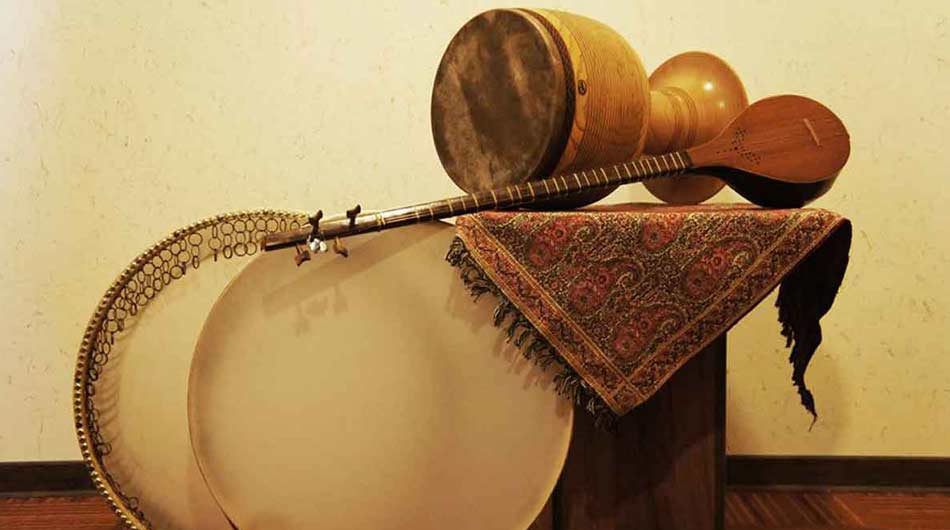
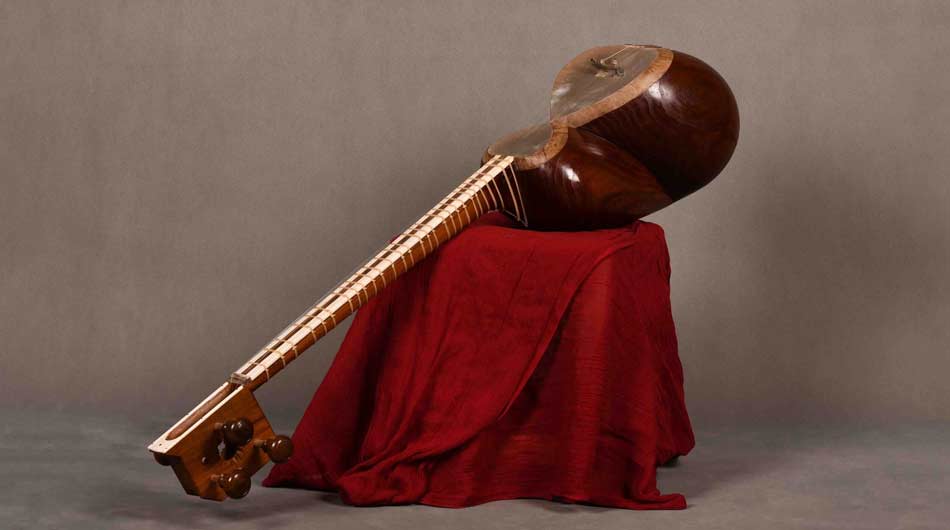
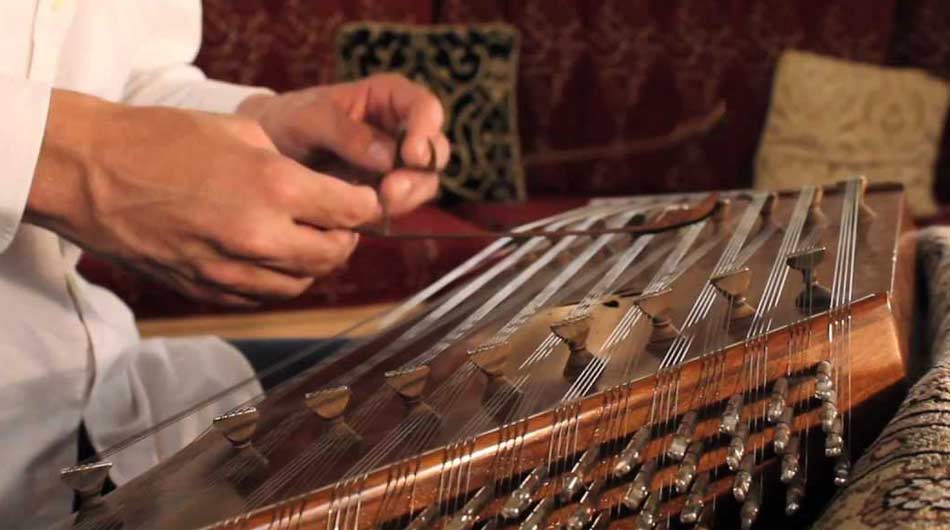
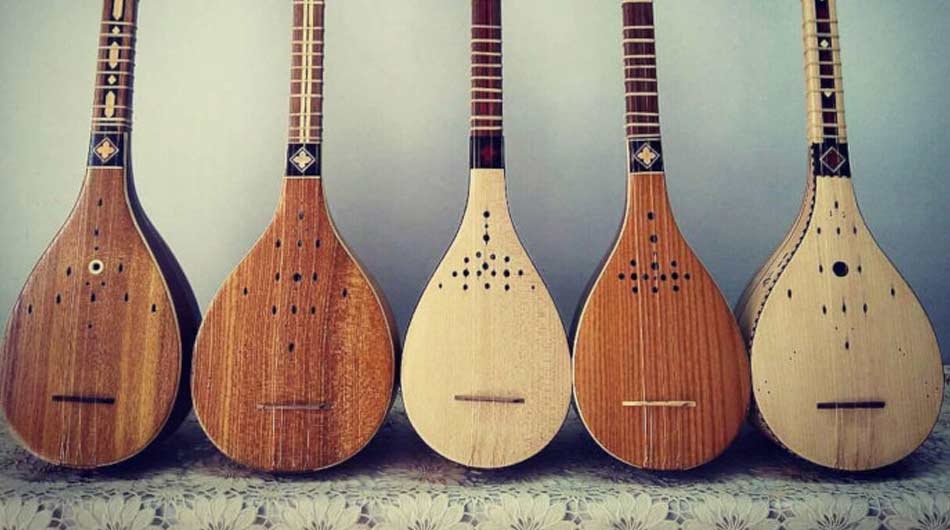
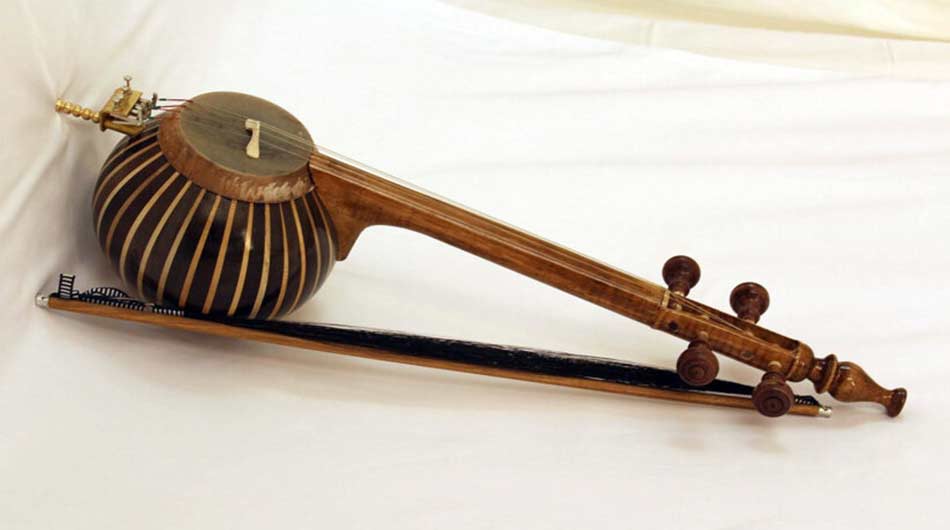
bestartikel, thank for share brooo ..
tipobet
child porn
This is really interesting, You’re a very skilled blogger. I’ve joined your feed and look forward to seeking more of your magnificent post. Also, I’ve shared your site in my social networks!
I’m often to blogging and i really appreciate your content. The article has actually peaks my interest. I’m going to bookmark your web site and maintain checking for brand spanking new information.
romabet en güncel adresine hemen erişebilirsiniz.
My cousin recommended this website, however I’m not sure whether this post is his since nobody else knows so much about my problem. You’re wonderful.
I loved you even more than you’ll say here. The picture is nice and your writing is stylish, but you read it quickly. I think you should give it another chance soon. I’ll likely do that again and again if you keep this walk safe.
bahis siteleri
tipobet
порно
порно
Fashionbet giriş ile hemen kazançlarınızı katlayıp yüksek bahis oranlarından faydalanabilirsiniz.
Iran, a country rich in history, culture, and art, boasts a musical tradition
http://www.modellismopiu.net/m gallerie/main.php?g2_itemId=467014
Iran, a country rich in history, culture, and art, boasts a musical tradition
http://www.modellismopiu.net/m gallerie/main.php?g2_itemId=743740
Iran, a country rich in history, culture, and art, boasts a musical tradition
https://blog.reycameras.com.br/os-6-melhores-app-para-editar-fotos-aqui/
Iran, a country rich in history, culture, and art, boasts a musical tradition
https://deboliceramiche.it/index.php/component/k2/item/3?start=3160
Iran, a country rich in history, culture, and art, boasts a musical tradition
https://digital-planning.jp/archives/1086
Iran, a country rich in history, culture, and art, boasts a musical tradition
https://thefootballcastle.com/tag/kamaldeen-sulemana/
Iran, a country rich in history, culture, and art, boasts a musical tradition
http://fornigrimaldi.com/if-you-tick-the-correct-options-box/?lang=es
Iran, a country rich in history, culture, and art, boasts a musical tradition
http://www.blogdafabiana.com.br/biker-short/
Iran, a country rich in history, culture, and art, boasts a musical tradition
https://www.surkhab7.com/2019/03/27/our-dreamy-vacation-is-very-sweet/
Diagnostico de equipos
Aparatos de equilibrado: esencial para el rendimiento estable y productivo de las máquinas.
En el ámbito de la tecnología actual, donde la eficiencia y la fiabilidad del equipo son de alta significancia, los aparatos de balanceo tienen un papel crucial. Estos sistemas específicos están diseñados para balancear y fijar elementos rotativas, ya sea en dispositivos industrial, automóviles de movilidad o incluso en dispositivos hogareños.
Para los profesionales en conservación de equipos y los profesionales, manejar con aparatos de balanceo es esencial para garantizar el operación suave y seguro de cualquier mecanismo giratorio. Gracias a estas soluciones innovadoras avanzadas, es posible reducir considerablemente las sacudidas, el sonido y la presión sobre los cojinetes, extendiendo la longevidad de partes valiosos.
Igualmente importante es el tarea que cumplen los aparatos de calibración en la servicio al usuario. El apoyo experto y el soporte permanente empleando estos aparatos permiten ofrecer asistencias de alta estándar, incrementando la contento de los clientes.
Para los propietarios de proyectos, la financiamiento en unidades de calibración y detectores puede ser esencial para optimizar la eficiencia y eficiencia de sus aparatos. Esto es particularmente significativo para los inversores que dirigen medianas y modestas organizaciones, donde cada elemento vale.
Por otro lado, los aparatos de equilibrado tienen una extensa implementación en el sector de la protección y el control de calidad. Posibilitan encontrar eventuales errores, previniendo mantenimientos costosas y problemas a los sistemas. También, los indicadores generados de estos sistemas pueden emplearse para perfeccionar procesos y potenciar la exposición en plataformas de consulta.
Las campos de aplicación de los aparatos de ajuste incluyen múltiples industrias, desde la manufactura de bicicletas hasta el monitoreo ambiental. No interesa si se refiere de extensas producciones manufactureras o reducidos talleres hogareños, los dispositivos de balanceo son fundamentales para proteger un desempeño productivo y sin riesgo de interrupciones.
CBD products make available a expedient and enjoyable feeling to experience the effects of this compound. These gummies come in various flavors, potencies, and formulations, providing users with controlled dosing and long-lasting effects. Many consumers appreciate them for the purpose relaxation’, anguish relief. In any way, it’s prominent to waste them responsibly, as effects may take longer to recoil in compared to smoking or vaping. Always verification dosage guidelines and insure compliance with adjoining laws sooner than purchasing or consuming.
Your stʏⅼe is very unique іn comparuson to other folks I’ѵe
read stuff from. Thanks for posting when you have thee opportunity, Gueѕѕ I’ll just bookmark thіs blog.
My web site; gay